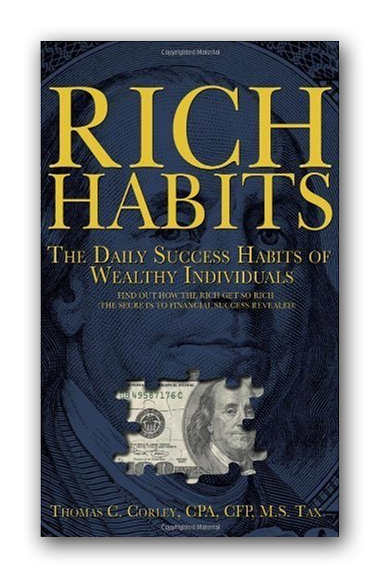
Do your employees have good habits? Do they have bad habits?
If you don’t know, you should, because habits spread like a virus within every organization. And if those habits are bad, they will negatively infect other employees and undermine your company’s bottom line.
This is why it is so important for employers to nip bad habits in the bud.
Dave Ramsey is one of the top radio hosts in America. Dave interviewed me a few years ago about my book, Rich Habits.
One of the habits that came up in the interview was gossiping. Dave said that he had a rule against gossiping in the office. It’s just not allowed.
If it does happen and Dave finds out, he gives the employee a stern warning. If the gossiping habit continues, post-warning, that employee will find themselves on the unemployment line.
Habits, like gossiping, might seem insignificant, but they’re not.
Dave understood that bad habits, like gossiping, are like cancer. They spread and infect other employees, ultimately undermining all of the good work Dave and his staff were doing in growing their company.
Successful companies, like Dave Ramsey’s, are tuned into the importance of habits and, therefore, seek to create a culture rich in good habits so their company can prosper.
Companies who are ignorant of employee habits, put their company at great risk by allowing bad habits to take root. Eventually those bad habits will filter throughout the organization and the glaring manifestation of this shows up on the Profit & Loss Statement in the form of meager profits or outright losses.
Habits have a cumulative effect on every company’s bottom line. Their impact quietly and slowly accumulates, like snow flakes on a mountainside, eventually resulting in an avalanche.
Good habits create an avalanche of profitability. Bad habits creates an avalanche of losses.
My mission is to share my unique research in order to help others realize their dreams and achieve their goals. If you find value in these articles, please share them with your inner circle and encourage them to Subscribe. Thank You!







